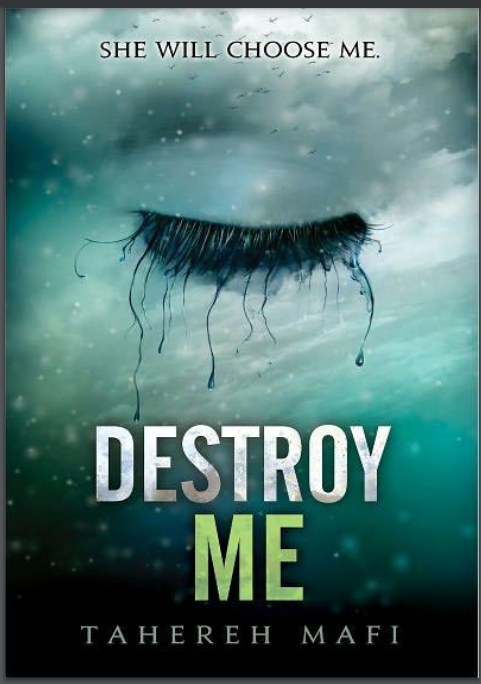

The Science of the Craft by William Keith
Reviews
No review yet. Be the first to review this book!
Description
The Science of the Craft: Modern Realities in the Ancient Art of Witchcraft by William Keith is a thought-provoking exploration that bridges the gap between ancient witchcraft traditions and modern scientific understandings. In this book, Keith presents a fresh perspective on witchcraft by integrating ancient practices with contemporary scientific principles, offering a compelling approach to the Craft that resonates with both practitioners of witchcraft and those curious about its deeper, more systematic underpinnings. Keith begins by acknowledging the long-standing history of witchcraft, rooted in mystical, spiritual, and often hidden practices passed down through generations. Witchcraft, he suggests, has always been viewed as an art that taps into unseen forces, with its practitioners using tools like spells, rituals, and symbolism to affect change in the material world. However, in modern times, witchcraft has often been viewed with skepticism, and its practices are sometimes dismissed as mere superstition. Keith's book aims to reframe witchcraft as an art that can coexist with, and even be informed by, scientific inquiry. One of the core themes of The Science of the Craft is the relationship between mind, energy, and the universe. Keith explores the idea that witchcraft is not just about casting spells or invoking spirits, but about working with the inherent energies of the universe in a way that aligns with natural laws. He draws upon various scientific principles, such as quantum physics, the concept of energy fields, and the laws of vibration, to offer a scientific framework for understanding how witchcraft might work. The author suggests that the rituals and practices associated with witchcraft, when viewed through the lens of modern science, are actually expressions of our ability to influence and interact with the world at an energetic level. The book also explores the power of intention and consciousness in witchcraft. Keith connects the practice of witchcraft with the psychological principles of belief, suggestion, and the placebo effect, highlighting how intention plays a central role in magic. He proposes that witches use their focus and willpower to direct energy toward specific outcomes, and that this is not only a mystical or metaphysical process but one that can be understood through the mechanisms of the human mind. The mind, Keith argues, is a powerful tool that can affect the physical world through mental and energetic processes, which is the basis for much of what we call magic. Additionally, Keith delves into the psychology of witchcraft, examining how the practice can be a means of self-empowerment, personal growth, and transformation. Witchcraft, in this view, becomes not just a way of manipulating external forces but a tool for inner development and psychological healing. He also discusses the ethics of witchcraft, encouraging practitioners to act with respect, responsibility, and mindfulness in their magical workings. Throughout The Science of the Craft, Keith provides practical advice for those interested in incorporating scientific principles into their witchcraft practice. He offers tips on how to use rituals, visualization, and other techniques in a way that is informed by both tradition and modern knowledge. The book emphasizes the importance of experimentation, personal experience, and a willingness to explore the intersection of the mystical and the scientific. In conclusion, The Science of the Craft: Modern Realities in the Ancient Art of Witchcraft is an intriguing and accessible work that brings witchcraft into the 21st century. By combining ancient magical practices with modern scientific thought, Keith offers a perspective that validates the relevance and power of witchcraft while making it more relatable to contemporary audiences. This book is for anyone interested in witchcraft, modern science, or the potential for spiritual practices to have a real, tangible effect on our lives. It invites readers to reconsider the boundaries between the mystical and the scientific, showing how both can coexist and enrich one another.




















.png)









.jpg)
.jpg)








.jpg)





.jpeg)
.jpg)




.jpg)


.jpeg)



.jpg)
.jpeg)











.jpeg)


.jpeg)



.jpg)








.jpg)







.jpg)









































